
Lisa Grossman is the astronomy writer for Science News. Previously she was a news editor at New Scientist, where she ran the physical sciences section of the magazine for three years. Before that, she spent three years at New Scientist as a reporter, covering space, physics and astronomy. She has a degree in astronomy from Cornell University and a graduate certificate in science writing from UC Santa Cruz. Lisa was a finalist for the AGU David Perlman Award for Excellence in Science Journalism, and received the Institute of Physics/Science and Technology Facilities Council physics writing award and the AAS Solar Physics Division Popular Writing Award. She interned at Science News in 2009-2010.

Trustworthy journalism comes at a price.
Scientists and journalists share a core belief in questioning, observing and verifying to reach the truth. Science News reports on crucial research and discovery across science disciplines. We need your financial support to make it happen – every contribution makes a difference.
All Stories by Lisa Grossman
-
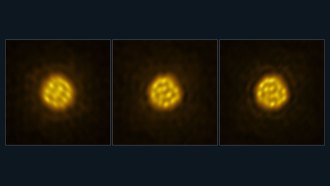 Space
SpaceHow a dying star is similar to a lava lamp
In a first, astronomers captured how convective forces power the quick bubbling movement of gas cells on the surface of a distant, massive star.
-
 Planetary Science
Planetary ScienceScientists find a long-sought electric field in Earth’s atmosphere
The Earth’s ambipolar electric field is weak but strong enough to control the shape and evolution of the upper atmosphere.
-
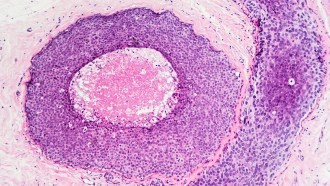 Health & Medicine
Health & MedicineWhat is ‘Stage 0’ breast cancer and how is it treated?
Actress Danielle Fishel's diagnosis has raised awareness of a condition that affects about 50,000 U.S. women annually.
-
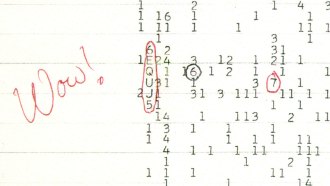 Space
SpaceThe historic ‘Wow!’ signal may finally have a source. Sorry, it’s not aliens
One of the best possible signs of extraterrestrial communication may have an astrophysical explanation — albeit a weird one.
-
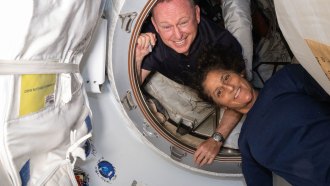 Space
SpaceAstronauts actually get stuck in space all the time
Butch Wilmore and Sunita Williams join more than a dozen astronauts who’ve been stranded in space by mechanics, weather or geopolitics since the 1970s.
-
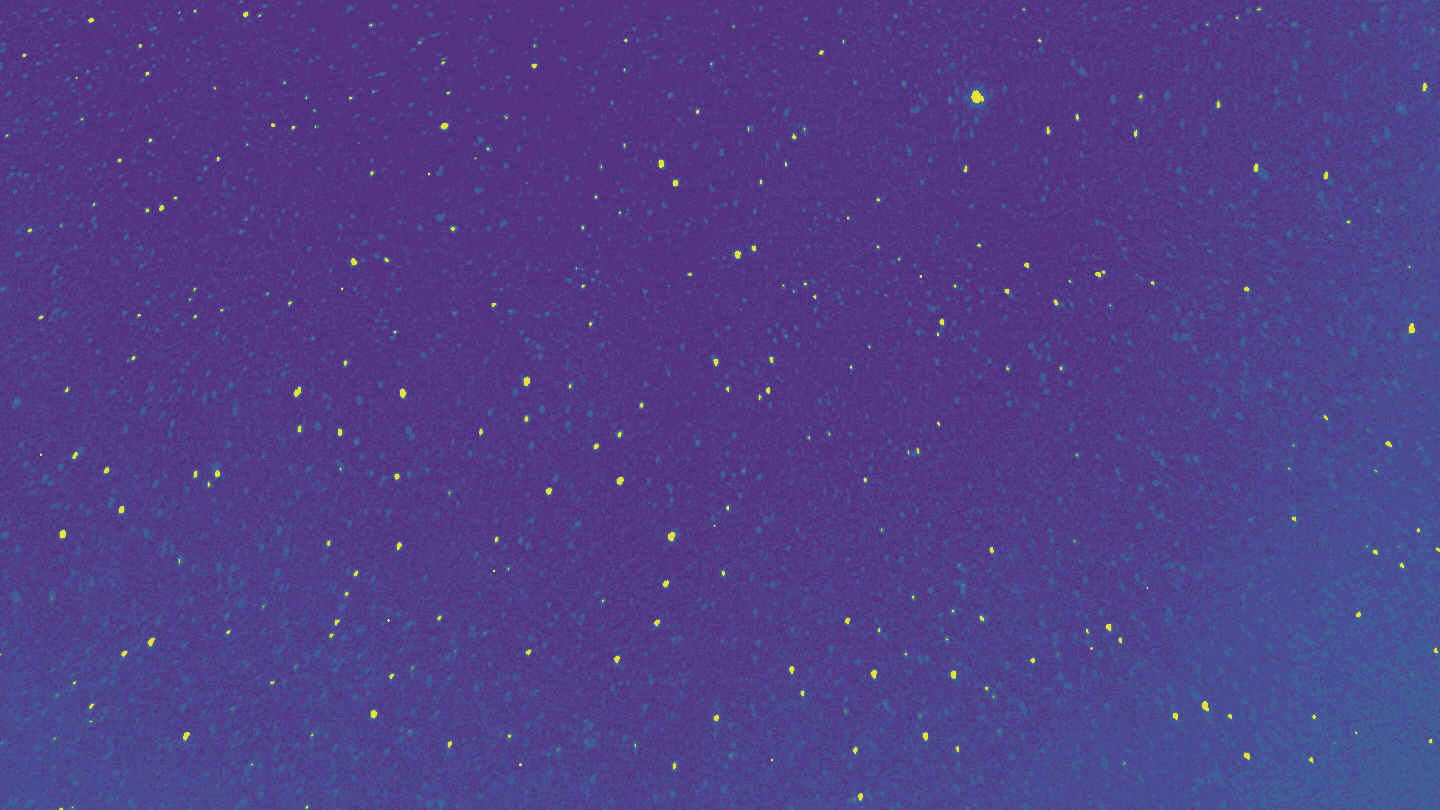 Astronomy
AstronomySome meteors leave trails lasting up to an hour. Now we may know why
A new survey of meteors that leave persistent trails found that speed and brightness don’t matter as much as atmospheric chemistry.
-
 Space
SpaceMoonquakes are much more common than thought, Apollo data suggest
The discovery of 22,000 previously unseen moonquakes, plus a new idea of what causes them, could help us better prepare for trips there.
-
 Planetary Science
Planetary ScienceNASA’s Perseverance rover finds its first possible hint of ancient life on Mars
The NASA Mars rover examined a rock containing organic compounds and “leopard spots” that, on Earth, are associated with microbial life.
-
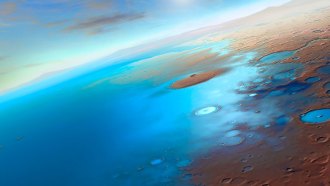 Space
SpaceA planet needs to start with a lot of water to become like Earth
Rocky planets around fiery stars could hide their water for later use, but it takes 3 to 8 times the amount in our world’s oceans to end up Earthlike.
-
 Astronomy
AstronomyA middleweight black hole has been spotted for the first time in our galaxy
The rare find, discovered in the star cluster Omega Centauri, could offer clues to how black holes and galaxies evolve.
-
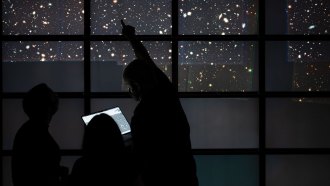 Astronomy
AstronomyJWST’s hunt for distant galaxies keeps turning up surprises
In its first year, the James Webb Space Telescope has found many galaxies from the early universe that are bigger, brighter and more mature than expected.
-
 Astronomy
AstronomyMeet Jane Rigby, senior project scientist for JWST and advocate for LGBTQ+ astronomers
Rigby, senior project scientist for the James Webb Space Telescope, believes being part of the LGBTQ+ community has made her a better astronomer.